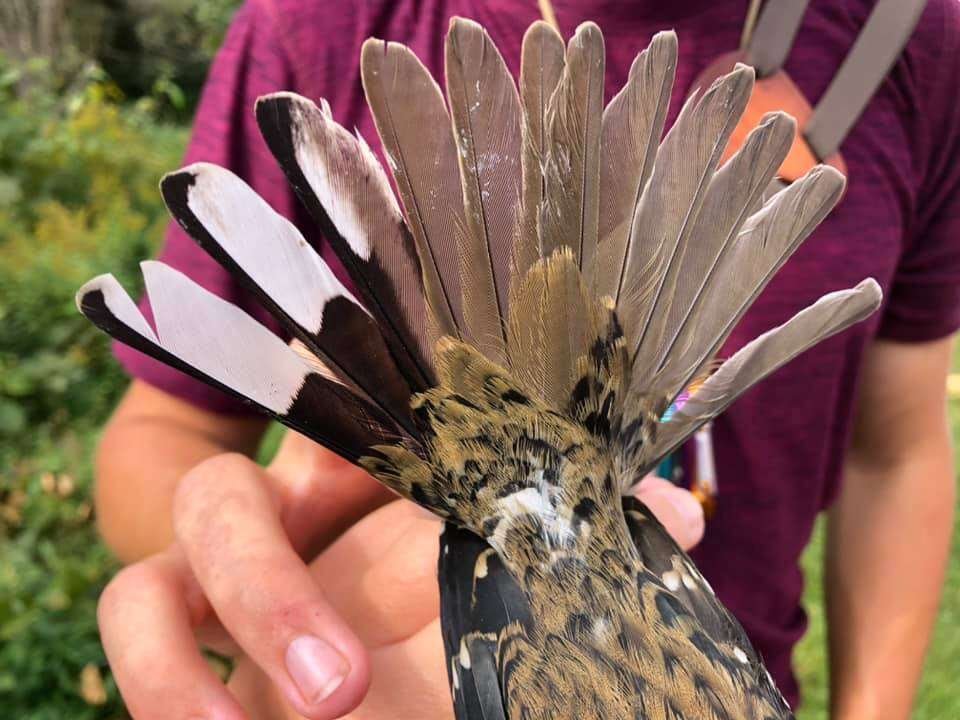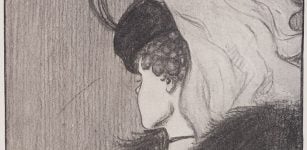Amazingly Rare Half-Male, Half-Female Bird Discovered In Pennsylvania
Cynthia McKanzie – MessageToEegle.com – Our planet is full of surprises, beautiful plants, and animals. Just when you think you’ve seen it all, Mother Nature astonishes you once again.
Meet Rose-breasted Grosbeak gynandromorph, an amazingly rare bird that has been discovered in Pennsylvania. This beautiful bird is unusual because it’s half-male and half-female!

Rose-breasted Grosbeak gynandromorph. Credit: Annie Lindsay
How is it possible? According to Carnegie Museum of Natural History, Gynandromorphs are genetically part male and part female, and in this case, that line runs roughly down the middle of the bird with male characteristics on the right and female on the left.
Rose-breasted Grosbeaks are sexually dimorphic, meaning that males and females have different plumage colorations. This bird has the male pink “wing pits,” breast spot, and black wing feathers on the right side and the female yellow wing pits and browner wing on the left side.
In its 64 years of bird banding, Powdermill’s Avian Research Center has recorded fewer than 10 bilateral gynandromorphs.
“The entire banding team was very excited to see such a rarity up close, and are riding the high of this once-in-a-lifetime experience,” said Annie Lindsay, bird banding program manager at Powdermill in a press statement.
“One of them described it as ‘seeing a unicorn’ and another described the adrenaline rush of seeing something so remarkable.

Credit: Annie Lindsay
They all are incredibly grateful to be part of such a noteworthy and interesting banding record. Bilateral gynandromorphism, while very uncommon, is normal and provides an excellent example of a fascinating genetic process that few people ever encounter.”
Scientists are now interested in learning whether this amazing bird can reproduce.
Since usually only the left ovary is functional in birds, and the left side of this bird is the female side, this bird theoretically could produce young if it successfully mates with a male.
The bird’s ability to reproduce could also depend on whether it sings like a male, which would potentially attract females and elicit a territorial response from other males.
Written by Cynthia McKanzie – MessageToEagle.com Staff Writer










